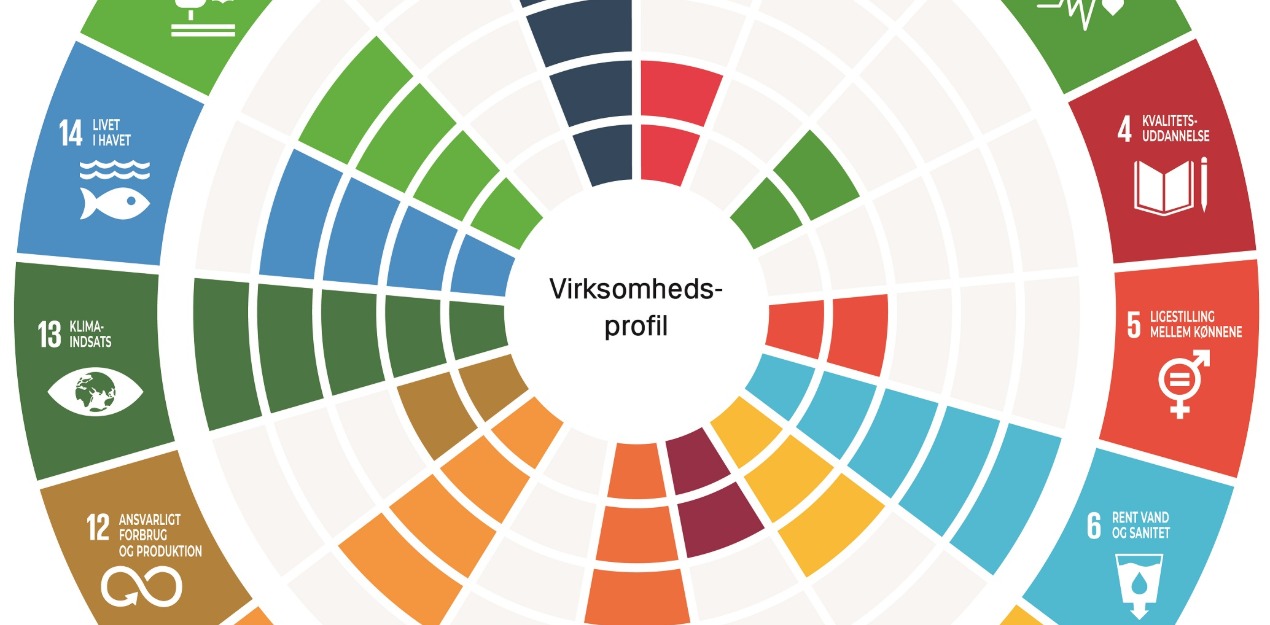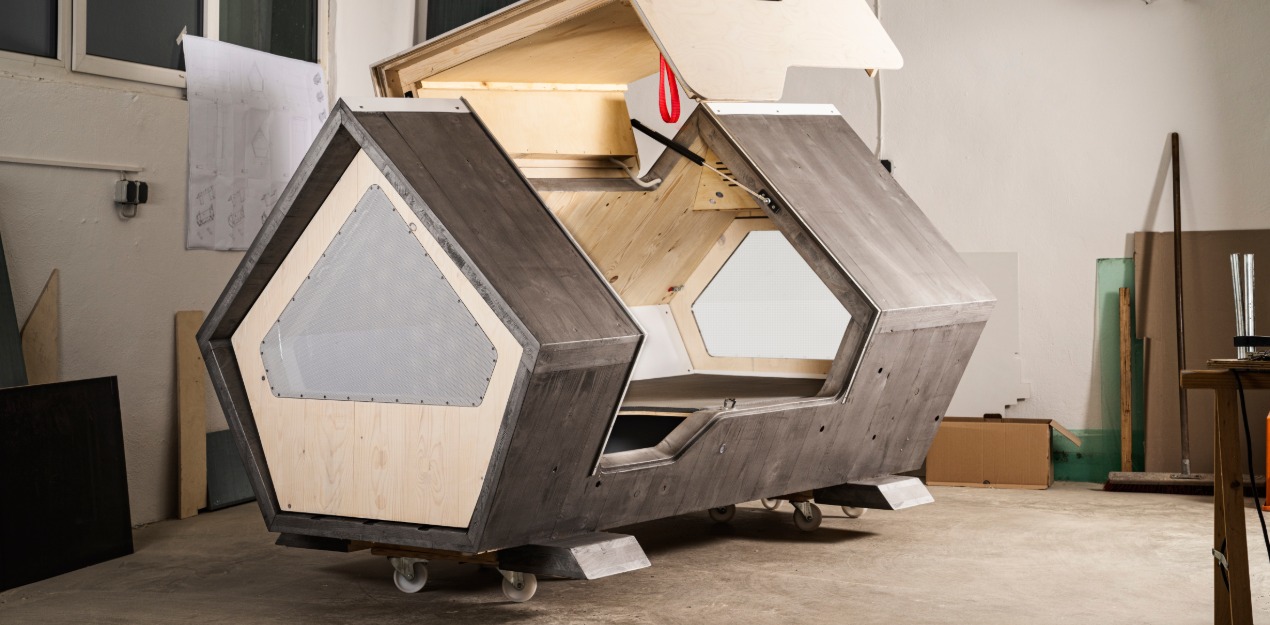AWARD YEAR
2023
CATEGORY
Community
GOALS
Industry, Innovation & Infrastructure, Responsible Consumption & Production
KEYWORDS
steel alternative, Plastic, building material
COUNTRY
United States of America
DESIGNED BY
MIT chemical engineers
WEBSITE
https://www.dezeen.com/2022/02/21/mit-engineers-invent-plastic-stronger-steel/
2DPA-1, plastic that is twice as strong as steel
MIT chemical engineers have invented a new type of plastic that is twice as strong as steel.
How does it work?
Dubbed 2DPA-1, the material is light and mouldable like plastic but has a strength and resistance that the researchers behind the project liken to steel and bulletproof glass.
The Massachusetts Institute of Technology (MIT) engineers envision 2DPA-1 being used in the near future as a coating to enhance the durability of objects, and eventually as a structural material.
2DPA-1 is a polymer, a category of substance that encompasses all kinds of plastics. But whereas all other polymers grow in one-dimensional chains, with new molecules being added onto their ends, 2DPA-1 grows in two dimensions, forming a sheet called a polyaramide.
"Instead of making a spaghetti-like molecule, we can make a sheet-like molecular plane, where we get molecules to hook themselves together in two dimensions," Strano said.
It's this two-dimensional quality that gives 2DPA-1 its strength, by eliminating the gaps that exist between polymer chains in other plastics.
Why is it needed?
"We don't usually think of plastics as being something that you could use to support a building, but with this material, you can enable new things," said MIT chemical engineering professor Michael Strano. "It has very unusual properties."
How does it improve life?
The 2DPA-1 has the same appealing properties as other plastics, in that it is light and takes little energy to produce as it is manufactured at room temperature, compared to materials such as steel and glass. Another promising quality of 2DPA-1 is that it can be easily made in large quantities.
This means that unlike with some recent wonder materials, such as graphene, it should be easy to scale up manufacturing outside of the laboratory. The MIT researchers made their 2DPA-1 in beakers, but to make the plastic in large quantities, they say you would simply need to increase the amount of starting materials.
The engineers also theorise that it should be recyclable. If it is used as fibres, it should be able to be re-spun or pulped as with Kevlar fibres, and in other forms it may be able to be chemically recycled as with nylon.
Currently, 79 per cent of plastic is dumped in landfills or in the environment once discarded, where it will remain for thousands of years.





